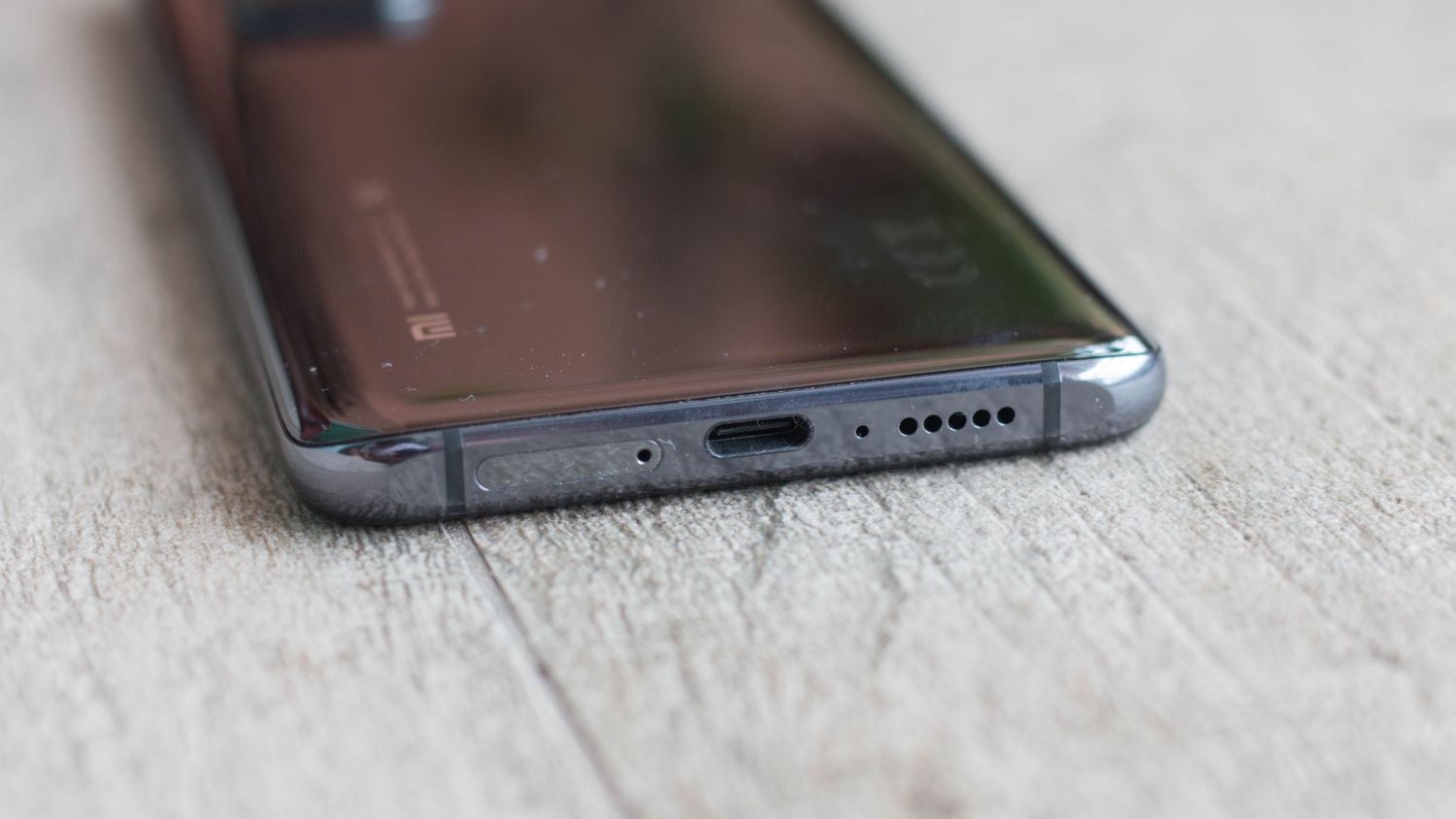Review: Xiaomi Mi 10T Pro

The premium flagship models may be the top dogs of the smartphone market, but there’s no denying the charm and appeal of mid-tier builds that seek to provide a more budget-friendly experience.
Google married both quality and affordability with the Pixel 4a, while Apple demonstrated the potential of entry-level performance with the iPhone SE2, and Samsung redefined the low-cost-low-quality mindset with the Galaxy A51.

Well, Chinese company Xiaomi isn’t giving up without a fight, as it slowly re-establishes itself as an equally powerful force in the field, and taunts its bigger competitors with the Mi 10T Pro’s fine balance of functionality, versatility, and cost-effectiveness.
Priced at $749, the mid-range phone is what one would expect from the Chinese company – that’s to say, more-than-respectable specs, adept camera technology, a flagship processor, and some necessary cut corners.
The compromise doesn’t exactly reflect well on paper, yet the team is able to make it work to great effect, starting from the clever, strategic move of rolling out a 144Hz display.
It’s a big selling point for the usual market standard, visuals-wise. Apart from a few gaming phones, no other mainstream models have laid claim to a high refresh rate as such, which puts the Mi 10T Pro ahead of the visual aesthetics and mobile gaming race.
The advantage comes through particularly prominent through portrayals of motion and fast movements; playing Genshin Impact, for instance, saw smooth cutscenes and responsive gameplay, while watching action sequences on Netflix and YouTube yielded reduced blur. There’s also the welcome option to toggle between 144Hz, 90Hz, and 60Hz for carrying out less demanding tasks or to preserve battery life.

The use of LCD technology, however, brings down the phone’s graphical potential. Xiaomi gives the fair justification that OLED screens can pose a problem for individuals with vision issues, but the differences make themselves known: reduced colour contrast, dimmer display, and weaker blacks.
In comparison to other devices, the Mi 10T Pro uses warmer hues as well, but users making alterations to their preferences through the settings menu. None of these is, thankfully, major enough to be a dealbreaker, and doesn’t really affect the general viewing experience once you get used to it.

Another design flaw lies in the device’s bulky cut that demonstrates the team’s lack of innovation on this front. It’s an absolute chunk of a unit – measuring 165.1 x 76.4 x 9.3 millimetres and weighing 218 grams – that features a 6.67-inch Gorilla Glass 5 screen, hole-punch front camera, and straight-edged slim bezels.
The heft is further accentuated by the use of glass and a metal frame, which makes the Mi 10T Pro a difficult fit in the pocket, and a leaden weight in the hand.
The sentiment of largeness is present at the rear as well. The camera bump, housing a total of three lenses, takes up a fair amount of estate, and juts out a few millimetres from the back, resulting in an uneven surface.
As such, the phone cannot be placed flat for gaming or video-watching sessions without being subjected to some wobble, so it’s quite an inconvenience, especially since its considerable weight can bring some slight wrist discomfort after extended use in landscape format.
Finally, both the glass rear and camera module are fingerprint magnets, easily attracting and retaining smears and oil residue.


The Mi 10T Pro’s dull design is a great disappointment, but if there’s something Xiaomi did right here, it’s embedding a fingerprint scanner into the power button. Located on the right edge of the frame alongside the volume rocker, it allows for efficient and responsive unlocking with its easy-to-reach placement.
Another thing to note is that the phone doesn’t ship with a 3.5mm headphone jack – USB-C is the only port available.

Despite its cosmetic drawbacks, the phone never fails to deliver where it counts. The Mi 10T Pro is positioned as a budget-friendly alternative, but its camera capabilities, hardware performance, and battery life are nothing to scoff at.
For one, it offers one of the most versatile cameras at a mid-range price, with the main snapper boasting the same 108-megapixel sensor as its Mi 10 and Mi Note 10 siblings. Accompanying the three-digit snapper is a 13-megapixel ultra-wide lens and a 5-megapixel macro snapper.



Higher megapixels don’t necessarily translate to better performance, contrary to what the figures may suggest, but the device does its best to live up to that notion.
Wide shots taken in daylight are sharp and detailed, sporting natural, accurate colours without a hint of oversaturated or over-processed elements.
The shutter speed feels sufficiently fast, and the lighting effects are decent, though the lack of a dedicated telephoto lens means users won’t be able to zoom into the details. Rather, that’s achieved through digital means by cropping a part of the original image.




Where close-ups are concerned, the camera produced respectable bokeh and depth-of-field, with the object in focus blending nicely into the background blur.
Colours remained vibrant and detail continued to be retained, but some focus fall-off in unintended areas may be detected from time to time.




Dimly-lit environments prove to be the camera’s Achilles’ heel. Shooting in low light yielded less impressive results, as images saw increased noise and a loss in detail. Indoors, or under coloured lighting – blue, in this case – the photo quality drops, becoming more pastel-like with reduced colour accuracy.
With motion, the shutter speed and focus tracking are no longer as snappy, for the lens require more time to register movements and capture the subject.
Turning on the Night Mode function alleviates the situation, though users will have to wait a while for it to take effect. The Mi 10T Pro is not the best night performer, but it certainly does enough to pull off some satisfactory shots, especially for a mid-ranger.

The 20-megapixel selfie camera, meanwhile, is competent in regular light, boasting enough detail without losing resolution during the cropping process. In portrait mode, the bokeh brings out the softness of background blur, despite its occasional failure to blur nearby objects, or the accidental smudging of certain parts from the subject in focus.
As with the rear camera, image quality also deteriorates in low-light settings.

Under the hood, the Mi 10T Pro comes equipped with a Snapdragon 865 chipset – one of the best Android picks – that packs impressive processing power for high-intensity tasks.
The mobile gaming experience was smooth and free of lag, even with more demanding titles Genshin Impact running at high settings. Phone use never felt sluggish, with videos and social media surfing working perfectly while CPU-draining apps continued to operate in the background. Multitasking didn’t result in overheating, either, with the device running moderately warm for the most part.
The one drawback is probably the reduced RAM space. Where some smartphones offer a minimum of 16GB, the Mi 10T Pro has only 8GB to spare, which should be sufficient if you don’t have a habit of saving files, images, and video reels, or are not big on playing mobile titles with big patches or updates.
But hey, in case you do? The Mi 10T Pro will power through your gaming sessions with relative ease. At 5,000mAh, its battery is one of the biggest in a smartphone, and averages a full day of use when fully charged – a feat that’s made possible thanks to several display features, such as the previously-mentioned LCD and refresh rate toggle options.

Charging isn’t the fastest on the mid-range market, coming in at a lower-than-average 33W. It’s still rather speedy, however, with the Mi 10T Pro taking around 50 minutes to reach full charge from an empty tank.
From photography to functionality, the Xiaomi Mi 10T Pro offers great value, and makes for an appealing alternative for those who want premium smartphone features without having to pay the full price.
Its processing power, in particular, is an absolute bargin – not many mid-range models can lay claim to one of the best processors around, but Xiaomi beats the competition by combining that prowess with the allure of a 144Hz display.
There’s no denying the phone’s solid quality and more-than-respectable performance, except that it isn’t a fit for everyone: its bulky heft, fingerprint-attracting rear, and LCD technology might not gel well with the expectations of some users.
This article was first published in Geek Culture.